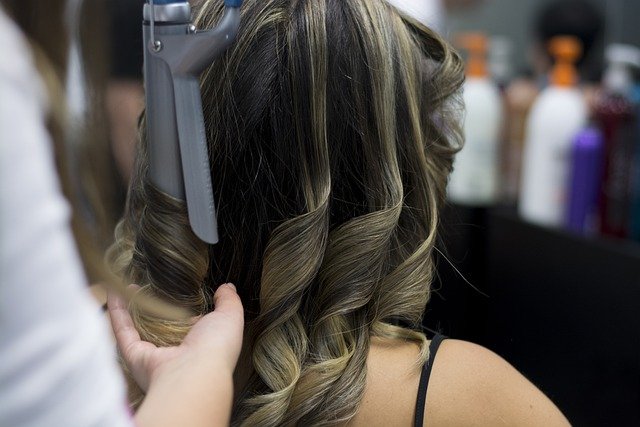Hair is a huge part of our appearance, and for many women, an integral part of their confidence. We may not all want to admit it, but more often than not, it’s the difference between a good and a bad day. Nevertheless, taking care of it and trying to make it work on a daily basis has proven to all of us that those good days are more elusive than not. And with all the varieties of textures, densities, and hair conditions, it can be challenging to know where to start.
Whether you are looking to grow your hair faster, make it look shiny, or simply want to prolong the time between hair appointments, here are several easy tips that can help you get your best head of hair so far.
Get regular trims
It may seem absurd, but if you want long and healthy hair, you need to get regular trims. Whereas trims don’t make your hair grow any faster, they help you eliminate split ends and that gives the appearance of faster-growing and prettier hair. In reality, split ends make your hair look messier, dull, thin, and lacking smoothness.
Shampoo less and hydrate more
The frequency of your shampooing your hair impacts your hair’s health. Doing it less rather than more helps the natural oils penetrate your hair giving it the necessary hydration and allowing it to repair itself. If you want to achieve thicker and fuller-looking hair fast, opt for a volumizing or thickening shampoo.
Applying a deep conditioner or hair mask regularly can help prevent damage while detangling strands. You can use a store-bought or DIY hair mask and apply it from root to tip once a week.
Condition correctly
Unless your hair is super long, a single drop of conditioner is sufficient for most lengths and textures. The conditioner should be applied first to the mid-shaft and hair ends, and then you can work up to the scalp making sure it gets hydration as well. Leave it on for at least a minute before rinsing it out. If you regularly use dry shampoo, this is particularly important to prevent your scalp from drying out.
Avoid excessive heat styling
It’s understandable if you use heat to style your hair, but you should avoid over-styling it. If it must be heat tools, experts recommend lowering the temperature and always applying heat protectant. Otherwise, you risk hair damage that can lead to breakage and frizz.
Brush hair regularly
Choosing the right hair brushes for your hair type, texture and length is among the most important decisions to make, but it’s also important to know that regular brushing has very positive effects on your hair. It may be very tempting to go to bed with unbrushed hair when you’re tired, but just a few brush strokes will do wonders for your hair and scalp’s health.
Starting at the scalp, brush your hair using a boar bristle brush to evenly distribute the scalp’s oils onto your hair to help it remain naturally moisturized. Do this each night before bed and you’ll increase circulation, which will make your scalp healthier. Regardless of your hair texture, just 60 seconds of brushing to detangle strands will keep them stronger.
Protect hair from physical damage
Wet hair is more vulnerable to breakage so brush out the knots while it’s dry. This will also help it stay smooth after the shower and it’ll be ready to style. Water makes the hair’s shaft swell and stretch causing the outer layers to lift, and when you brush your hair in that state, you can cause it to break.
If you need to detangle wet hair, do it properly – apply a high-quality leave-in conditioner from roots to ends, and use a wide-tooth comb to reduce friction, working on small sections from the ends up to prevent tearing hair.
Take care of your scalp

Just like your hair needs protection, so does your scalp. The most common culprit for an unhealthy scalp is dandruff. To effectively treat this condition, experts suggest choosing products with zinc pyrithione. However, when it comes to managing dandruff, every scalp is different. “Flaking comes in a variety of forms, and in turn, requires different approaches. For example, flakes that look like powdered sugar would indicate a dry scalp, calling for a medicated shampoo 2-3x per week and conditioning every time you wash; whereas thicker, larger, and yellowish flakes could indicate a case of seborrheic dermatitis, calling for the use of a medicated shampoo and conditioner more frequently, as well as a follow-on application of actives
Eat well
Healthy and shiny hair doesn’t only depend on the type of products you use on your hair. It also depends on what you eat. To boost your hair’s health and growth, you have to nourish the hair from the inside. Make sure you eat well and consume foods high in protein, as these are the building blocks of hair. You can increase your protein intake with foods such as whole grains, fish, beans, and nuts.
It’s clear that having full and healthy hair requires effort and time, but it needn’t be fussy and tedious. With the help of these tips, you can easily stay committed to your hair care routine and maintain great hair like a pro!














